UNDER CONSTRUCTION - IS A WORK IN PROGRESS
Last edit on Dec 24, 2020
The first step to making a map is deciding how big to make the map. In the past we had an image floating around that gives us a good starting point:
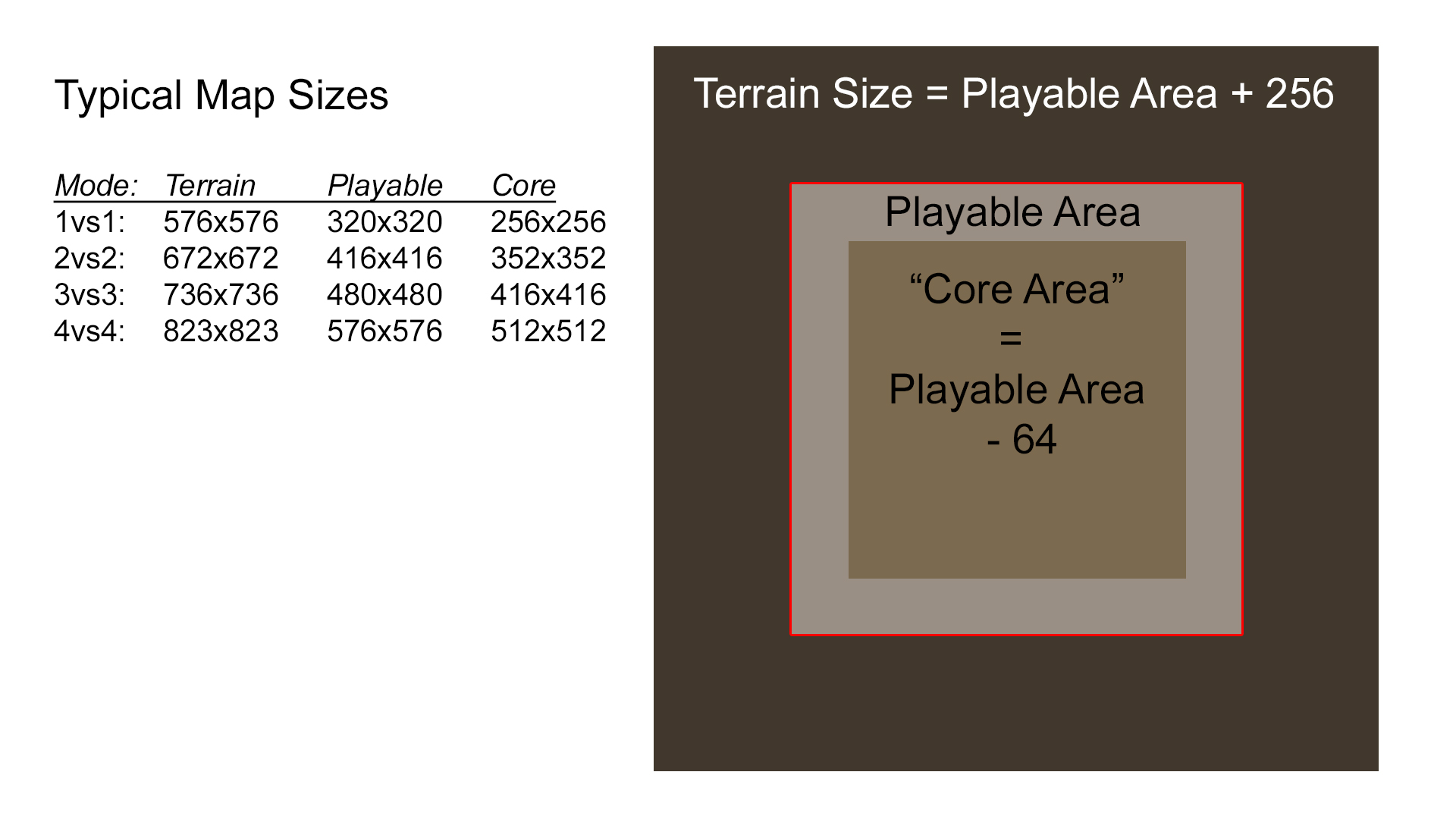
When I look at a map in the Worldbuilder I like to try and have some metrics(useful data) that will let me compare this map to another map. I started with some basic measurements for size. All distances are in METERS measured in the worldbuilder. For many distances I like to measure from a starting point to the closest point on the capping circle. For base measurements I use the center of the base pizza. This will vary a little between factions and base rotation.
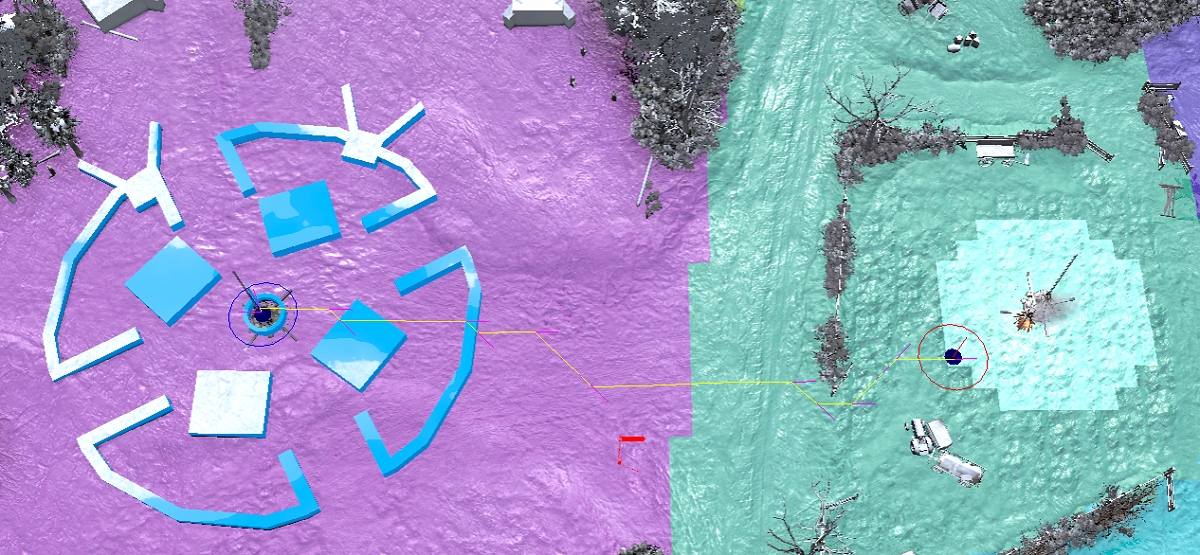
Of course a few measurements do not decide how good/fun a map is. Most players go by 'feel'. Which is something that cant be measured. Ease of movement, pathing, sight blocking, cover placement, retreat paths, etc all are very important parts of a great map.
BASE TO BASE SIZE
The distance from the center of the base pizza to the center of the enemy base pizza. For multiplayer maps I average it the best I can. This tells us how LONG the map is. This is one of the most important sizes. If the map is too short there will be constant pressure and fighting in the middle. If the map is too large you will have units off the field for very long periods. And bad engagements are very punishing. Units that can have forward retreat points may become OP. This metric is also dependent on the base entrance design. For our generic purposes distance is measured in a straight line base to base and pathing is ignored.
FAR TO FAR
The distance between the important points on the side of the map. This is usually the distance between the outside VPs but can also be fuel or munition points. This tells us how WIDE the map will feel and play. If the map is too narrow, team weapons can become OP and lock down entire sides of the map. If the map is too wide, the enemy can flank better but you also run the risk of the enemy getting behind you and wiping squads on retreat.
VP TO VP
The distance between the outside VPs. This is usually the same as the FAR TO FAR distance. In 1v1 maps, this distance lets you know how hard it is to harass all three VPs. In 2v2 and up games, this distance dictates how long the match will go. If the VPs are too far apart it will be hard to hold all three at once. And the games will be very long and turn into slamming your head against team weapon walls on the mid VP. For most 2v2 players this is a terrible thing.
FUEL TO FUEL
Most games will focus on fuel harassment. This distance tells us how fast/urgent the map may feel. In team games fuel is everything since unit timings are increased. More fuel equals faster vehicles and even more map dominance.
NUMBER OF CUTOFFS
Most maps try to use a territory point(TP) to cutoff the fuel for a side. Some maps will use two cutoffs that cut ALL resources for that side. Depending on the layout this can ruin a map. If a map has a single strong cutoff, all of the fighting in the match will be at that cutoff. If a map has two strong cutoffs they should be placed far enough away from each other that all of the fighting does not take place at the cutoffs. You should never really design around a faction because it will change, but certain factions may have an easier time attacking a cutoff. So you do not want them to be too strong.
CUT TO CUT
The distance between cutoff points on one side of the map. This implies a two cutoff map. If the distance is too short the cutoffs will dominate play. In 2v2 and up games, easy access cutoffs will let OST use CLOSE THE POCKET and meme destroy your trapped armies. But even in team games, cutoffs can be used effectively to force armies to move and not build static defense walls.
SAFE VP
Does the map have safe VPs? If the VPs are too safe you will have very long boring games where armies clash on the middle or easiest accessed VP point. Each player will hold the easy VP and the final battles will be at the hardest VP. It is not normally a good idea to have safe VPs.
SAFE FUEL
Each game mode has different requirements for safe fuels. For 1v1 and 2v2 having a safe fuel is a good thing. More for 2v2 than 1v1. Many 2v2 players prefer a safe fuel, so in random automatch, they do not have to rely on their team mate to get the fuel. If you get an unbalanced team and your weak player is on the fuel side, you will have no fuel all game long and lose. So the fuel should be about 2/3 of the distance to the front line. This way it is safe but can still be harassed by the enemy.
1v1 MAP POOL MAP METRICS
Map Name |
Base-Base |
Far-Far |
Vp-VP |
Fuel-Fuel |
Cut # |
Cut-Cut |
safe VP |
safe Fuel |
Faymonville |
207 |
248 |
248 |
166 |
2 |
68 |
|
|
Vilshanka |
227 |
230 |
143 |
153 |
2 |
73 |
|
Yes |
Crossroads |
231 |
214 |
190 |
214 |
2 |
102 |
|
Yes |
Angoville |
250 |
288 |
190 |
170 |
1 |
|
Yes |
|
Langreskaya |
256 |
250 |
120 |
250 |
2 |
81 |
|
Yes |
Crossing |
265 |
275 |
183 |
275 |
2 |
95 |
|
|
Kholodny |
279 |
282 |
234 |
209 |
2 |
115 |
|
Yes |
Arnhem |
293 |
306 |
207 |
247 |
2 |
60 |
|
Yes |
THOUGHTS ABOUT THE 1v1 MAP POOL
Faymonville has the shortest base to base distance (207m):
1) Matches will have a lot of action.
2) This may lead to a lot of fighting in the middle.
3) Snipers may be strong since they can retreat and be back fighting very fast. Depends on amount of sight blocking used.
4) Indirect fire may be OP since units can be close to the safety of their own base and still have a far reaching effect.
Arnhem Checkpoint has the longest base to base distance (306m):
1) Matches may be slow since it will take time to retreat and field units.
2) Engagements are very important in order to have a field presence.
3) Engagement wins can be more rewarding since you will have more time to cap territory.
Langreskaya has very short VP to VP distance (120m):
1) Will be easier to hold all three VPs so matches may be fast and decisive.
2) Depending on sight blocking, matches may end in a spearhead weapon wall type fight. Since a couple MGs can cover the entire front line between VPs.
Crossing in the woods has the farthest Fuel distances (275m):
1) It may be hard to hold both fuels since armies will be spread very wide.
2) The fuels are not safe so the longer distance is not as punishing. They can be harassed easier.
Arnhem Checkpoint has a very short CUT TO CUT distance (60m):
1) At 60m the cutoff points are too close together. The map resources can be dominated by rushing the cutoffs and locking them down.
2) Note maps like Faymonville and Vilshanka also have a short distance, but the sight and path blocking favor the players base and are much less punishing. The cutoffs are also close to the base to allow for a quick response to a decap.
WHAT IS A GOOD 1v1 STARTING SIZE
From these metrics and a guess at how popular maps are, we can guess:
1) A good base to base distance is about 230-250m. As Faymonville feels a little small and Kholodny Ferma feels a little large. Note, the amount of sight/pathing blockers used will make a map feel larger or smaller if movement is constricted.
2) A good Far distance is about 220-250m. This depends on the type of point on the outside. If the point is a munition, more space can be added as this rewards players for capping far away. But you do not want fights at these extreme widths or wipes will occur.
3) A decent VP distance is about 150-200m. Depending on sight blocking, this spreads out the fighting enough to weaken team weapons and allows for VP harassment.
4) Fuels can be anywhere from 170-200m apart depending on sight blocks and cutoff placement. You do not want it very hard to hold the fuel and cutoff. But the cutoff has to be meaningful. You want players to have to move about and not play static defensive styles.
From all of these metrics we can say that maps like Crossroads may be popular. It hits the sweet spot on many of the metrics. Although, as pointed out by JPA32, crossroads does not have front base entrances so it feels longer than 230m. This also cuts down the all-play-in-the-middle feel of short maps.
Maps such as Vilshanka are also popular even though they have slightly smaller distances for VPs and Fuels. Vilshanka has tighter sight blocking and pathing to adjust for this. So the overall 'feel' of the map is just right. NOTE: In actual plays Vilshanka is only hindered by the UI bug at the moment.
And on the far side of things we have popular maps like Faymonville and Kholodny Ferma. Which are popular even though they are a little small or a little large. Size is not everything.
4v4 GENERIC MAP SIZES
Map Name |
Width |
Height |
Area (Sq/M) |
City 17 |
544 |
608 |
330,752 |
Sittard Summer |
448 |
704 |
315,392 |
General Mud |
512 |
512 |
262,144 |
Hill 400 |
512 |
512 |
262,144 |
Road to Arnhem |
512 |
512 |
262,144 |
Lorch Assault |
512 |
480 |
245,760 |
La Gleize |
480 |
512 |
245,760 |
Lanzerath Ambush |
544 |
448 |
243,712 |
Lienne Forest |
480 |
480 |
230,400 |
Essen Steelworks |
480 |
480 |
230,400 |
Port of Hamburg |
480 |
480 |
230,400 |
Steppes |
512 |
448 |
229,736 |
Red Ball |
544 |
384 |
208,896 |
White Ball |
544 |
384 |
208,896 |


 United States
United States




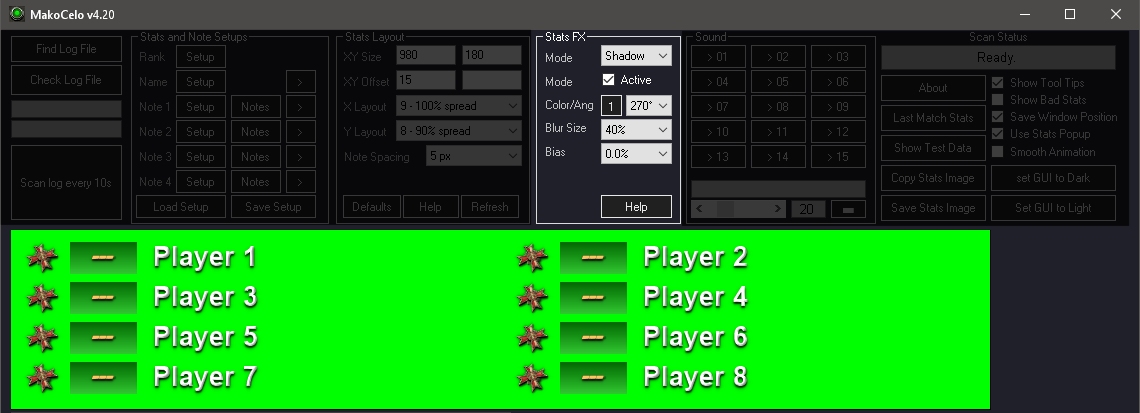
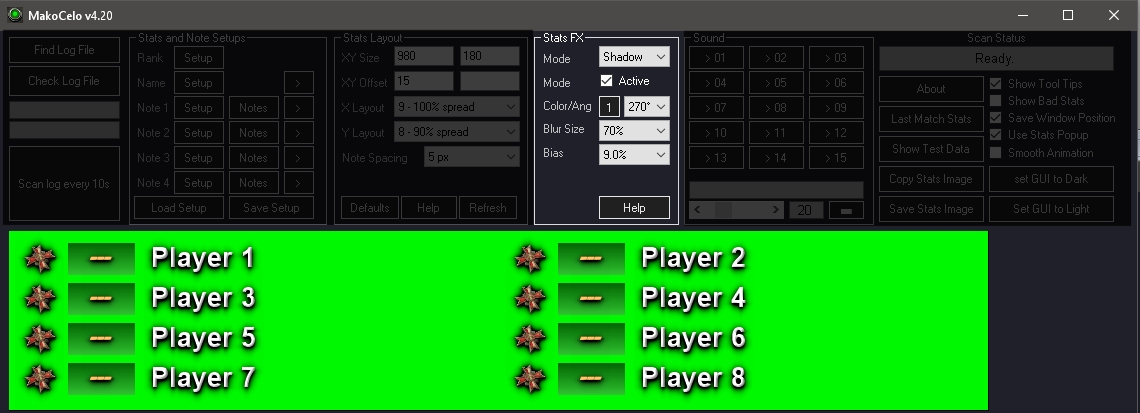
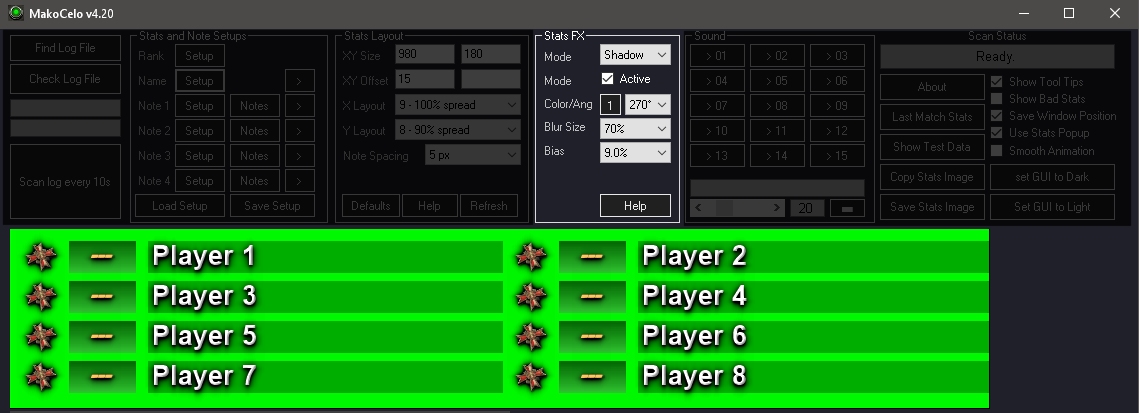

 Lion king
Lion king
 Private Mok
Private Mok










 보드카 중대
보드카 중대  Heartless Jäger
Heartless Jäger 